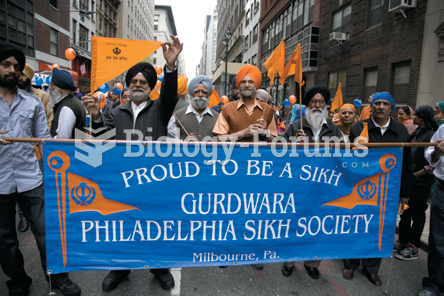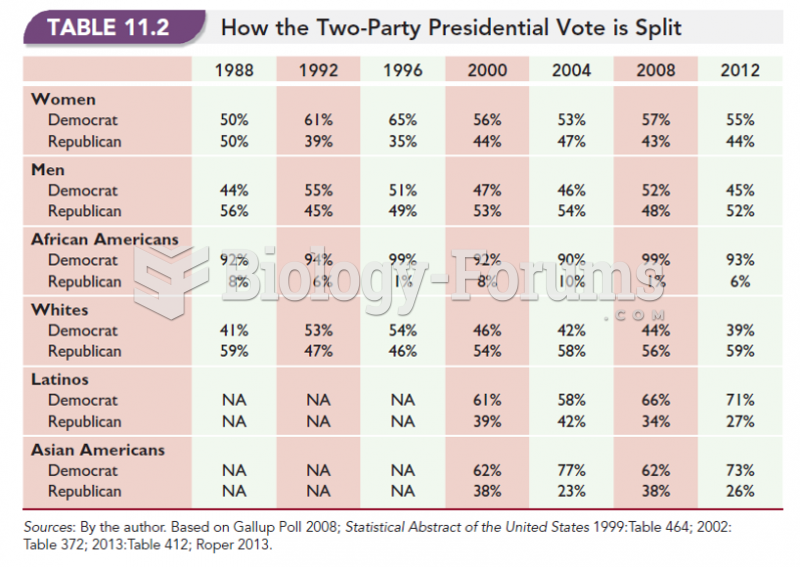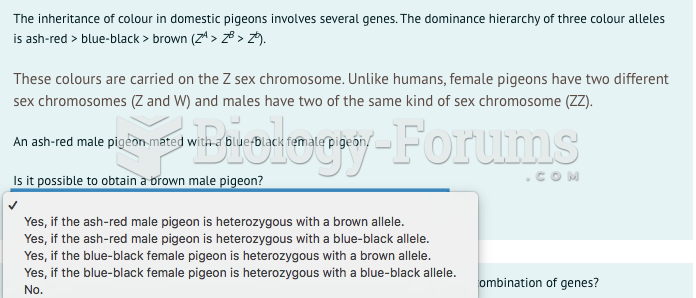Question 1
What was the major characteristic of a fascist state, such as the one created in Germany when Adolf Hitler gained power in 1933?
A) the constant surveillance of a civilian population
B) the public ownership of property
C) the glorification of the state over the individual
D) any form of government that enforces conformity
Question 2
What is one conclusion about the 2000 presidential election that can be determined from this map and corresponding information?
A) The entry of third-party candidates had little influence on the final election results.
B) Although Al Gore won more popular votes than George W. Bush, he did not win the
presidential election.
C) The Democrats won the Electoral College due to the large base of support they had on the
West Coast.
D) Both the popular vote and the electoral vote showed that the race was not as close as
predicted.
Question 3
In the case of Marbury v. Madison, Chief Justice John Marshall opted to __________.
A) acknowledge the legitimacy of Marbury's claim, but rule that the law authorizing his suit was
unconstitutional, which satisfied no one
B) order that Marbury's commission be delivered, thus asserting the power of the Supreme Court
but running the risk that the administration would ignore the order
C) refuse to order that Marbury's commission be delivered, thus appearing to buckle under to the
executive branch
D) declare that Marbury was entitled to a commission, but decline to give the order due to a legal
technicality, which gave everyone a partial victory
Question 4
What was the most immediate result depicted in this photograph of the Japanese attack that took place at Pearl Harbor on December 7, 1941?
A) Non-interventionists in the United States insisted that the country not get involved in war.
B) Japan stopped its expansionist drive into East Asia.
C) The United States declared war on Japan the next day.
D) The U.S. government released such photographs immediately after the attack to arouse public
anger against Japan.
Question 5
What made this photograph an iconic image of the 2000 presidential election?
A) It revealed the U.S. Supreme Court's partisanship in determining who would be the next
President of the United States.
B) It addressed the issue of voter fraud that Democrats charged Republicans with in Florida
because of alleged African American voter suppression.
C) It addressed the drawn-out and controversial recount in Florida that was caused in part by
hanging chads on electronic ballots.
D) It showed that, in the age of machine-counted votes, the public received instantaneous
communication about election results.







